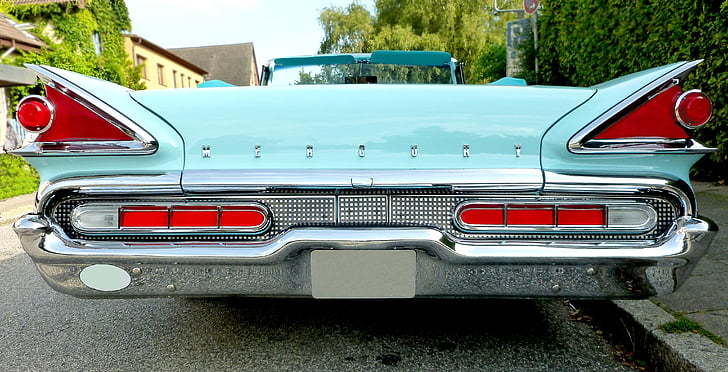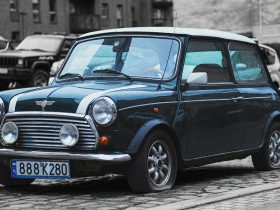
A Look at Classic Car Suspesion and Handling
If you are looking to experience the thrill of driving a classic car, you’ll need to know a little bit about the suspension and handling technology that comes with it. Classic cars often contain older suspension and steering components, so it’s important to understand how these specific components work to keep your car rolling in style.
Suspension Basics
The suspension of a car is the system of springs, links, shock absorbers, and other components that connect the wheels to the vehicle’s frame. It’s main purpose is to keep the wheels in contact with the road while cushioning passengers from bumps and vibrations. In classic cars, the suspension components are usually made with a softer steel that flexes more on impact, creating a more comfortable ride.
Leaf Springs
Leaf springs are the original suspension type, these springs are either mounted on the vehicle’s frame or axle and are used to absorb bumps. Leaf springs provide a good balance of ride and handling, however, their ability to absorb bumps is limited. Many classic cars have been known to use semi-elliptical or three-quarter elliptical leaf springs, which can provide a smoother ride.
Coil Springs
Coil springs are the most common option found in classic cars. They are mounted on the frame and are designed to absorb and distribute the vehicle’s weight onto the wheels. This helps to improve the ride and handling of the car. Coil springs also provide a better weight distribution, which allows the car to handle better in turns and corners.
Handling and Steering Techniques
In addition to suspension components, classic cars are equipped with specific steering and handling components. Having a good steering setup is critical for muscle cars and classic cruisers. While much of this is due to suspension, proper steering techniques can provide a more comfortable experience.
A common technique used by classic car drivers is to anticipate steering input. This is done by steering in the opposite direction of a corner or turn before the car enters it. This helps to reduce understeer, which is when the car’s front tires begin to slip and skid. Understeer can often be caused by poor tire pressure, improper tire alignment, or the wrong steering setup. Anticipating turns can also help to increase the car’s cornering ability, giving it a safer and smoother ride.
Roadrum
When driving a classic car, another technique that can be used is called “roadrum”. This is a driving style that is based on feathering the gas pedal and steering in order to maintain a comfortable and steady ride. Roadrum is used when there are no changes in the road surface and the driver wishes to maintain a constant speed and driving technique.
Conclusion
For those looking to experience the thrill of driving a classic car, understanding the different suspension and handling techniques is key. Knowing how to anticipate turns, use roadrum, and select the appropriate suspension parts will help to ensure a comfortable and safe ride. So next time you hit the road in your classic car, remember these tips and you’ll be rolling in style.













